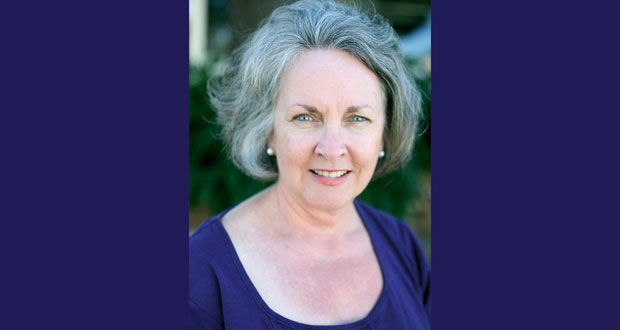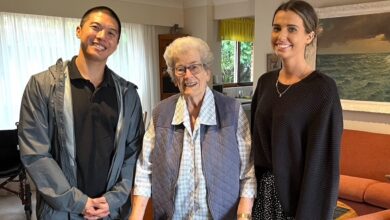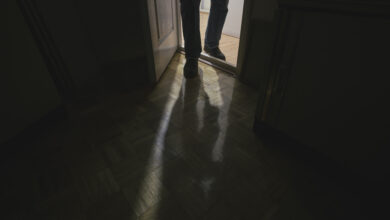A worsening burden: supports failing bereaved carers

A bereaved carer’s emotional turmoil often requires special support, but services frequently aren’t prepared to give them what they need.
A PhD candidate who worked as a palliative care nurse for more than 20 years is calling for more support for bereaved caregivers.
Margaret Sealey, from Curtin University, says about 1 in 10 bereaved caregivers suffer more than most from the death of a loved one; some are at greater risk of suicide. They also have a higher rate of hospitalisation, which can be a significant cost to the healthcare system. Their increased risk goes largely undetected, due in part to ineffective assessment practices.
In a report published recently in BMC Palliative Care, Sealey explores the barriers to assessment of bereavement risk.
“I’ve moved from nursing to psychology, so I know we do palliative care really, really well for the dying patient,” she told Nursing Review. “But for every person who dies, there’s a whole raft of people who are affected by grief.
“Within [the 10 per cent of caregivers who are at greater risk], there are a lot of factors. When the death comes along, these people … have nothing left to go on with. They tend to withdraw from people, so [in some cases] nobody is checking on them. They are not likely to go off and decide, ‘I really need help with this.’ So, we tend not to know what happens to [the carers] after the death.”
Sealey says palliative care professionals – particularly nurses – are in a unique position to assess when further support is necessary.
“Normally, you don’t have grief until you have death,” she explains. “[People] working in palliative care … have got people they know are going to be bereaved, and they are already going through a grief process. For that reason, I think palliative care is well-situated to identify [those at most risk] and make sure they are hooked up with somebody [for further support].”
Even from their unique position, the Curtin research team has found, palliative care workers still face barriers to performing effective assessments. Among those is what Sealey describes as the “old medical model of thinking”, in which everything needs to be fixed.
“When it comes to emotional stuff, you can’t observe it and then take action on it,” she says. “We are used to that medical thinking – ‘Oh, she’s crying, she’s grieving, she needs support.’ I know [nurses] are well-intentioned, but … the fact is they aren’t looking after [these bereaved caregivers] because they are just too busy. They are focused on the care of the patient, which is what they should be doing.” She argues that management could assist by building a strong database of referral and support information.
Another major obstacle is the carer is generally not a client, as they’re not the patient.
“If the [nurses make a note about the caregiver], for example, where are they going to file it?” Sealey questions. “It technically shouldn’t go into a patient’s notes, it doesn’t belong to the patient. It’s [the caregiver’s], but they’re not a client.”
Caregivers in the Curtin study reported feeling as though they had slipped through the cracks. They were accessing a wide range of services and did not know which one could provide them bereavement care.
One bereaved caregiver describes the experience in the report.
“I do believe that ‘slipping through the system’ unfortunately happens a lot,” the caregiver says. “I wasn’t in a system where someone phoned me. I as the carer needed help. I didn’t know where to go.”
In determining the best way forward, existing models were found to be unsuitable for use within palliative care. The report argues that a new measure is needed. It states that nursing staff say the most effective time to assess bereavement risk is during the pre-death period, as caregivers are still in contact with staff, which is often not easy post-death.
Sealey confirms that nurses trialling this method report that staff meetings are a lot quicker, as they knew exactly how to offer support to at-risk caregivers.
“It frees up nursing staff to do their patient care and they’re not worried. [Without assessments] there is this underlying worry all the time, this gut feeling.
“For management to have a healthier, happier, less-stressed workforce is a whole lot better,” she says. “Not that I’ve looked at that in my study, but I think it would decrease the chances of burn out if staff have got a bit more time … to have their emotional focus on what they need to do, instead of worrying about carers.”
Email: [email protected]





